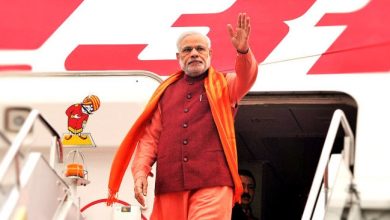India’s Population Reaches 1.44 Billion, with 24% in 0-14 Age Bracket: UNFPA Report

The recent report by the United Nations Population Fund (UNFPA) reveals significant insights into India’s population dynamics. With an estimated population of 1.44 billion, India leads globally, surpassing even China. What’s notable is the demographic distribution, with 24% of the population falling in the 0-14 age bracket, indicating a sizable youth population. Despite progress in healthcare access and maternal health services, disparities persist, particularly among marginalized communities. For instance, while maternal deaths have declined, inequities in maternal mortality ratios across districts underscore the need for targeted interventions to address healthcare gaps and ensure equitable access to healthcare services.
Moreover, the report highlights the challenges faced by vulnerable groups, such as women with disabilities, migrants, ethnic minorities, and LGBTQIA+ individuals, in accessing sexual and reproductive health care. These groups often encounter barriers due to factors like discrimination, socioeconomic status, and limited healthcare infrastructure. Furthermore, the impact of broader societal issues like climate change, humanitarian crises, and mass migration disproportionately affects women, exacerbating existing inequalities. Addressing these challenges requires comprehensive strategies that prioritize inclusivity, gender equality, and targeted support for marginalized communities.
While progress has been made in reducing maternal mortality rates and enhancing reproductive rights, the report emphasizes the need for sustained investment and global solidarity to tackle persistent inequalities. Despite advancements, disparities persist in women’s bodily autonomy, contraceptive access, and gender-based violence. Achieving comprehensive sexual and reproductive health for all requires concerted efforts to address systemic barriers, promote gender equality, and prioritize the needs of marginalized groups. With continued commitment and collaboration, it remains possible to bridge existing gaps and ensure that no one is left behind in the pursuit of reproductive health and rights.






